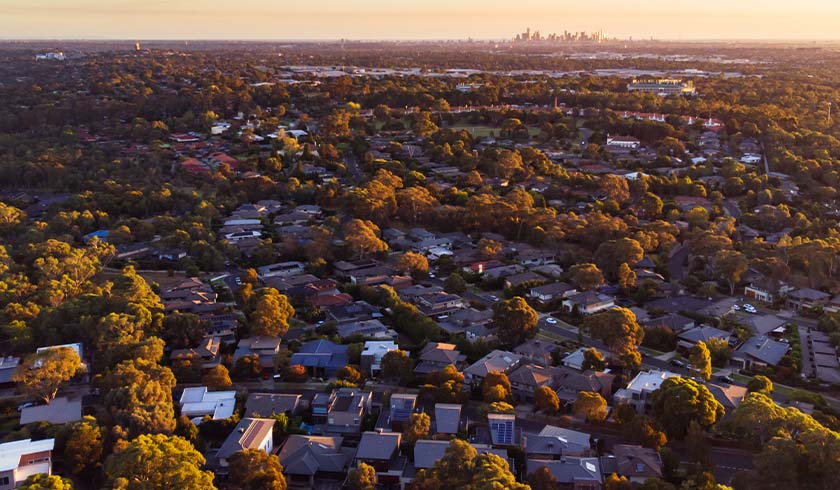COVID-19 pandemic may create a ‘two-speed rental market’
The COVID-19 pandemic may be leading to a “two-speed rental market”, with suburbs closer to the city likely to experience greater rental falls, new research has revealed.

Data collated by CoreLogic has shown that a two-speed rental market now exists, with inner-city property rentals more likely to fall compared with outer suburbs.
CoreLogic’s head of research, Eliza Owen, believes several factors of the COVID-19 downturn have made inner-city rental markets more vulnerable to a market correction.
“These include the relatively high exposure to overseas migration as a source of housing demand,” she said.
CoreLogic data showed that for SA3 regions (areas with populations of between 30,000 and 130,000 people; over 20,000 in regional areas) where the typical property is less than 10 kilometres from the CBD, the average decline in house rents was 2.3 per cent, while unit rents slumped by 3.6 per cent.
For rental markets 10 kilometres or further from the CBD, however, house rents had actually increased by 0.1 per cent, while unit rents declined by only 0.4 per cent.
Ms Owen observed that when studying the capital cities and housing stock separately, the strongest relationship was evident between rent changes in Sydney units and distance to the CBD.
“These two variables have a correlation coefficient of 0.8, suggesting that the closer a property was to the CBD, the more likely and steep rental declines have been through the pandemic,” she said.
“The average correlation coefficient was 0.6, and the weakest positive correlation was 0.4 across Brisbane houses.”
While the data shows it is bad news for some, property owners in the outer suburbs were the big winners.
The research showed that since the end of March to August, of the 125 SA3 rental market analysed, there were 63 regions where house rents increased, and 35 regions where unit rents increased.
These rental increases were most common across Sydney and Brisbane, which Ms Owen said is due to the fact that employment was less affected by COVID-19, and social distancing measures have eased.
The highest rental value increases were across Blue Mountains houses, which have risen by 3.3 per cent.
Ms Owen said she could not point to clear factors for the rental value increases in outer suburban areas, but posited that these areas have been less exposed to the elements driving declines in demand, such as overseas migration.
“Anecdotal reports assert that a drawcard for outer-city suburbs are relatively cheap rents and low density along with remote working lessening the hurdle of travel times from areas located further from the largest employment nodes,” Ms Owen said.
“This may have increased rental prices through higher demand. The analysed data set also revealed that rental value increases have occurred in cheaper rental markets.
“However, it is difficult to understand this trend without survey data, and internal migration data for the COVID period will likely not be available until April next year.”
Fiscal stimulus to low-income household may have fuelled rental demand in areas where rents are usually cheaper, but Ms Owen predicted that the tapering of this support may lead to a more broad-based decline in rents over the next six months.

